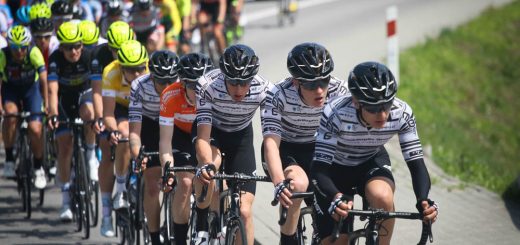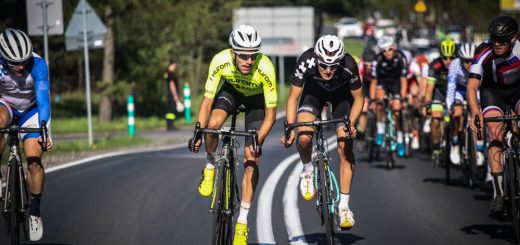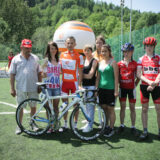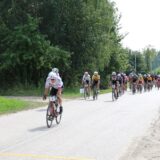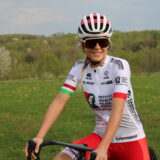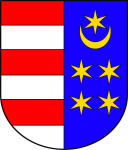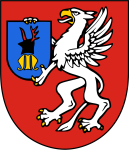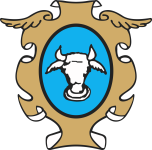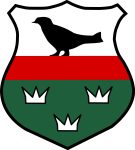Carpathian Couriers Race 2016: here we go!
Five days of racing, 565 kilometers, three countries. Over 150 riders, 32 teams from across Europe. This, in brief, in Carpathian Couriers Race.
While it is officially the 8th edition of the race, this year we celebrate its 33rd birthday as the original editions took place between 1975 and 2000.
The race has been and still is held in memory of the couriers of Polish resistance movement during the Second World War. „Couriers”, usually young people from Carpathian region, were tasked with secret transfer of people and military intelligence materials from occupied Poland, through the mountains and forests of Slovakia, to Hungary and later to France and the United Kingdom. The race route follows their trails, commemorating their courage, selfless commitment and the part they played in the war against Nazi Germany. It celebrates regional cooperation and cycling traditions of the region, with challenging parcours setting stage for competition between riders from across Europe.
The route
Racing kicks off today with a short evening prologue in Veszprem. 3,3 kilometers is more than just two minutes of sprint effort but not a time trial where a rider can settle in and suffer in his own pace.
With some seconds gained and some seconds lost, riders hit the Hungarian roads on a long and flat stage towards Papa. Controlling the race, particularly in windy conditions is not a viable strategy, hence a display of aggressive racing is expected, though, with flat finish, a bunch sprint is likely to decide the winner.
Our young „couriers” move to Slovakia on day 3. The race visits Trenčianske Teplice for the first time and heads to Stará Bystrica, a cycling-friendly venue that has previously hosted the race on a few occasions. Three climbs mark 132km of racing through regions of Trencin and Žilina, world champion Peter Sagan’s hometown. While first two provide an excellent opportunity for mountains classification lone wolfs, the final ascent of Lutiska peaks with just 7 kilometers remaining to the finish line, allowing successful attackers to shake up the general classification.
After a day in Slovakia, the race moves to Poland where even more climbing awaits. From a border town Jabłonka, the riders make their way east and finish in Ciężkowice, where the race founder Mieczysław Król lives. Short but steep climbs of Harkabuz, Gruszowiec, Pogorzelisko, Rozdziele and Zakliczyn are on the menu, heralding a tough day in the office ahead of the tricky final. The finish in Ciężkowice provides a showdown for puncheurs – 700 meters climb leads to the medieval main square where usually select groups contest the stage win.
The final stage into Tarnów is usually a battle for survival for the race leader – with four steep climbs on the way challengers do everything they can to change the final result. There is racing for the stage win, fight for best climber’s jersey, protecting the overall lead, challenging it, securing your teammate’s interest should he feel unwell, and so on and so forth. The essence of espoirs racing, Maths A levels for sports directors who try to control the situation from team car.
Imposing any kind of control over the bunch once again borders on a miracle as steep slopes of Lubinka and Golgota (each climbed twice) will put many riders in trouble. Racing for glory concludes with a 34km long run down into Tarnów. The relatively long flat section usually allows for the junction to be made, yet with slim time gaps among top riders, each second counts towards the final standings.
The overall winner and riders proving their value on Carpathian roads have a good chance of joining the list of successful young riders, such as Paweł Bernas, Maurits Lammertink, Gregor Mühlberger or Dries van Gestel, who went on to join professional teams and continue racing across Europe for different ProContinental squads.

